Artistic activism might be cutting edge but if it doesn’t deliver the goods what good is it? Research into making artistic activism more effective, and affective, is at the core of our work.
Current Projects
Artistic Activism Research Colab
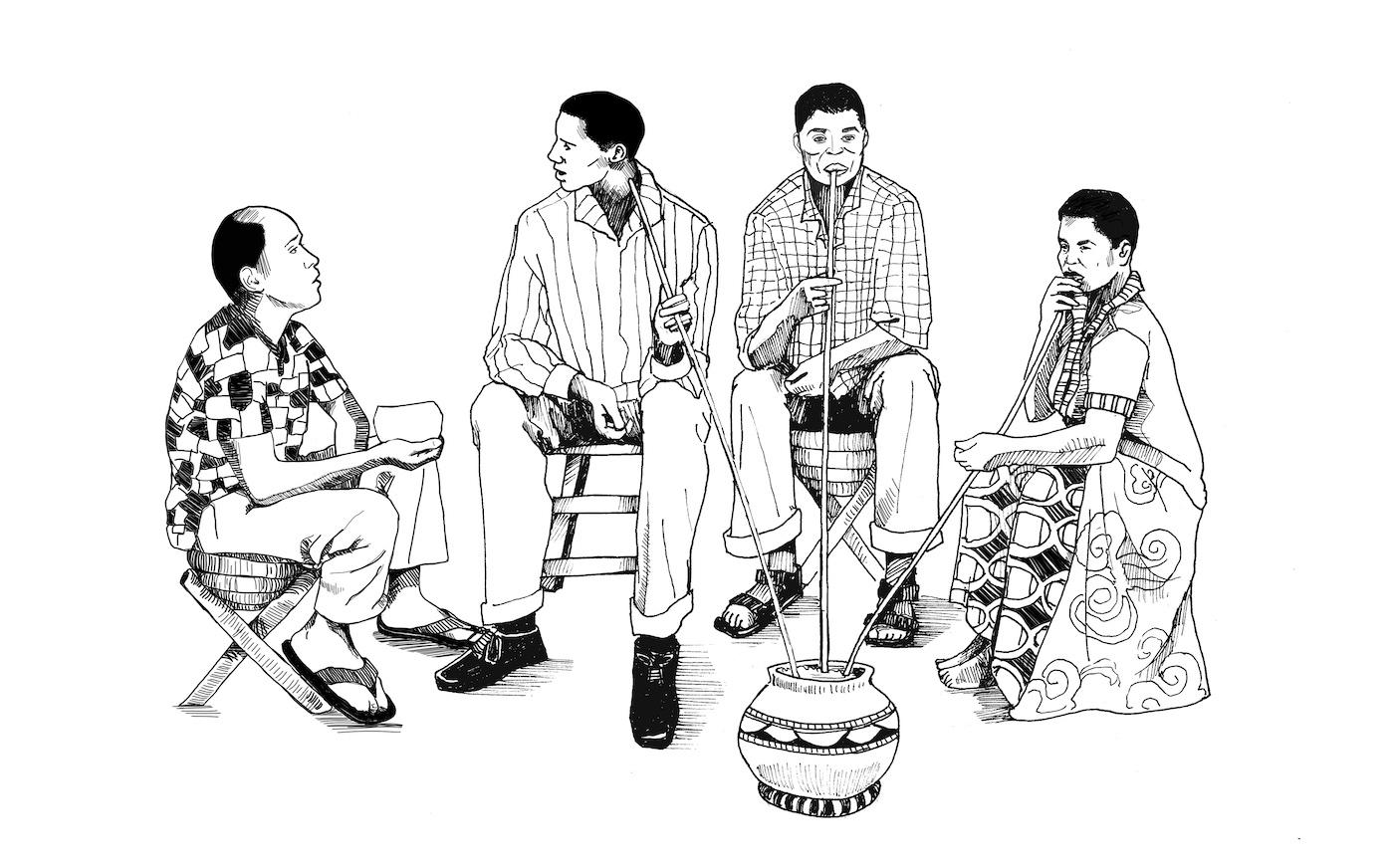
An international network of researchers studying the field of creative activism at a global level.
Research and Rebuild Project
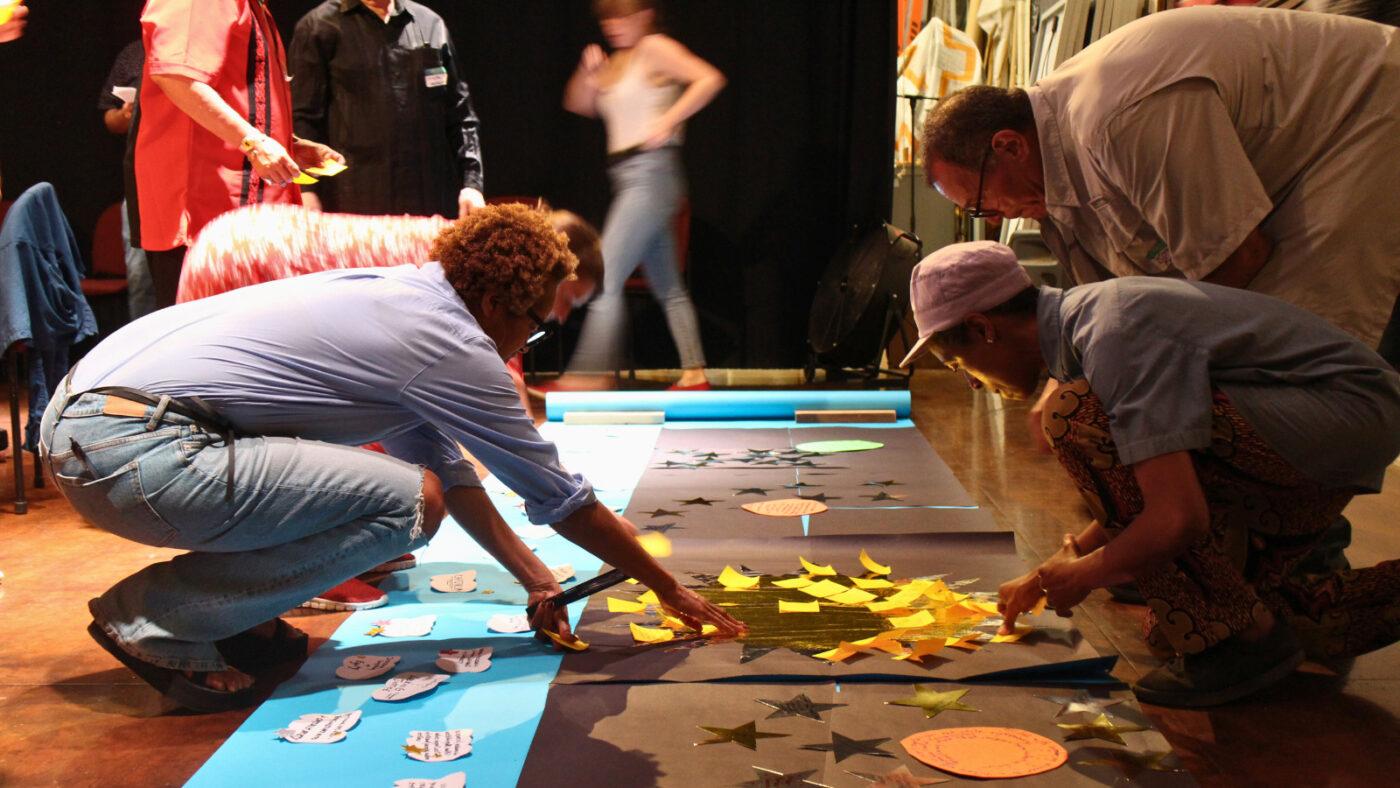
A research collaboration with A Blade of Grass to inform its work supporting socially engaged art.
Mapping Artistic Activism Project
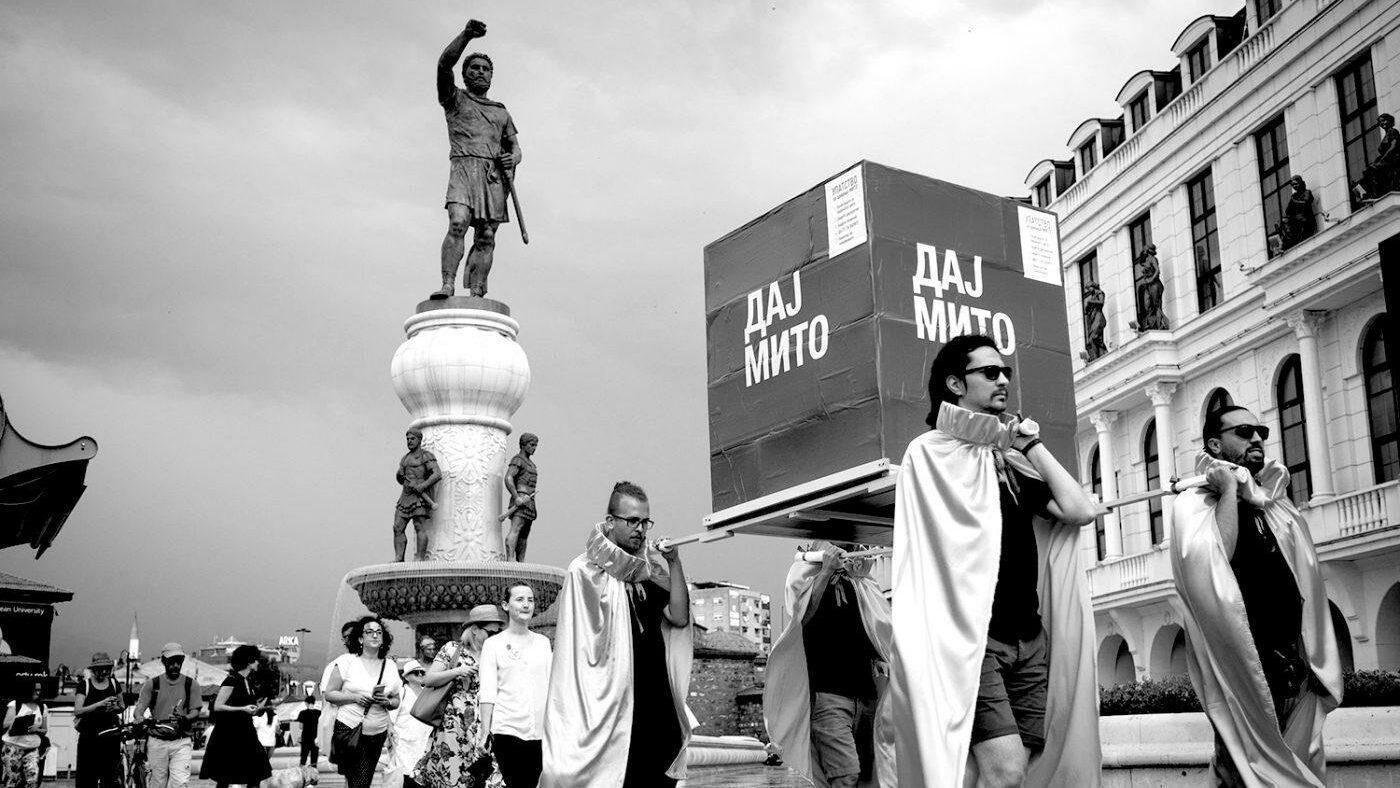
A living digital global map of organizations engaged in the emerging field of artistic activism.
Ongoing and Past Projects
Actipedia.org
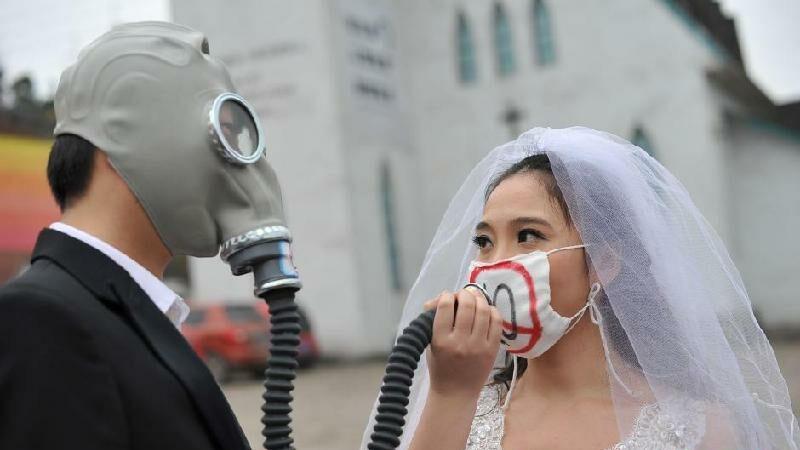
Our open-source, user-generated database of over 2,000 case studies of artistic activism.
Æfficiacy Project
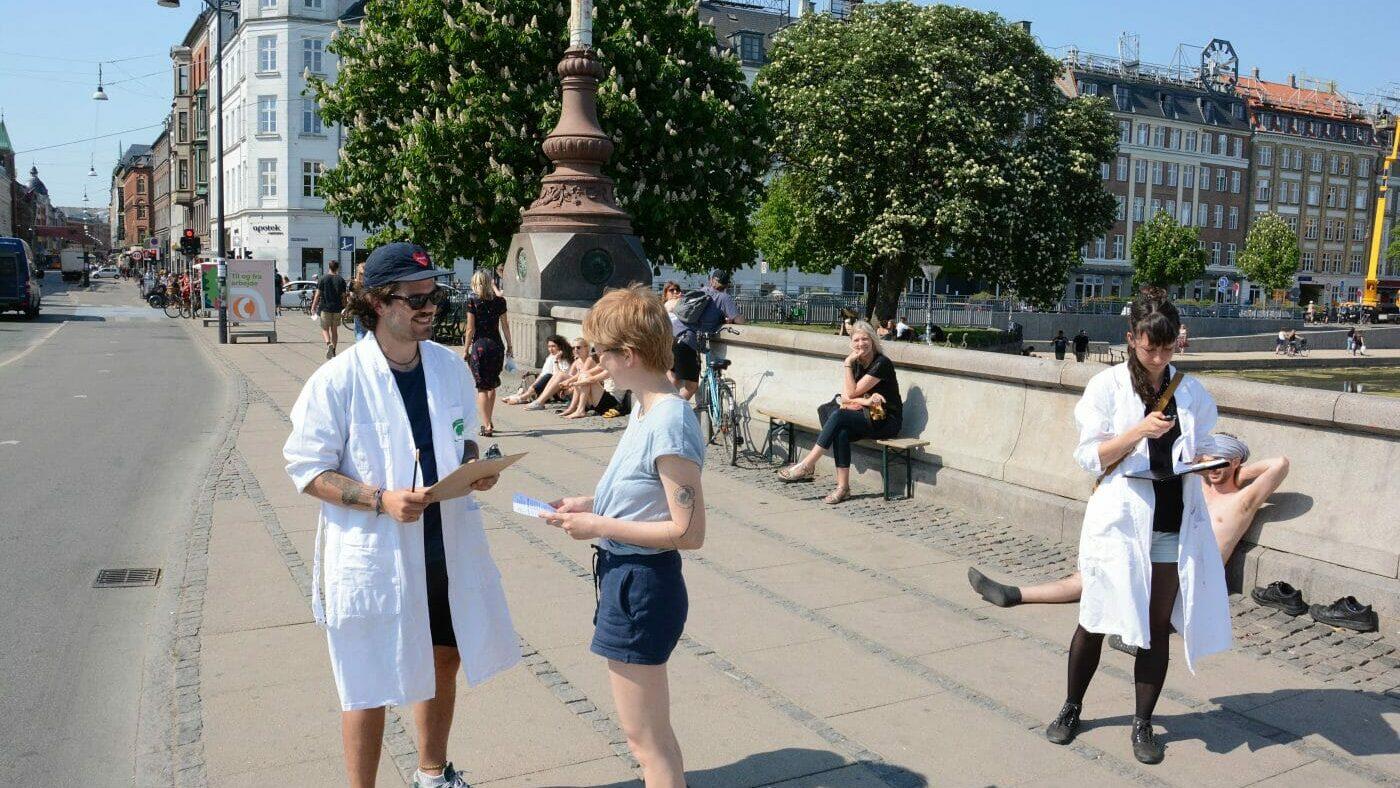
A multi-year, multi-stage investigation into the Æffective impact of artistic activism.
Field Studies
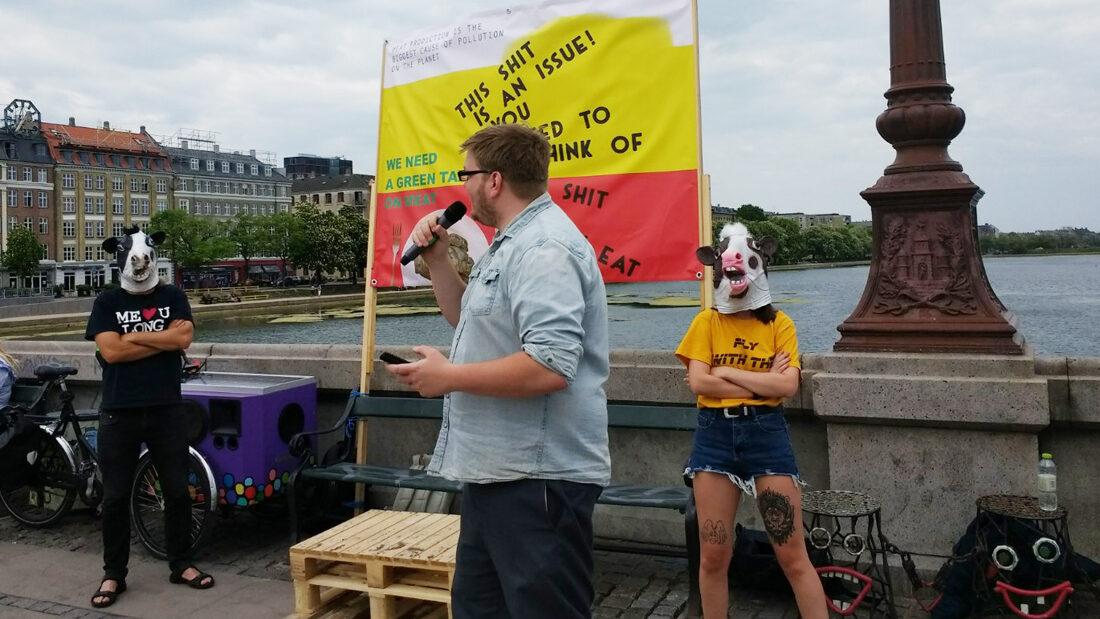
Large-scale public experiment comparing the impact of creative vs. conventional activism
Pop Culture Salvage Expeditions

A dive deep into popculture, and its relevance for artistic forms of activism.
Creative Resistance Series
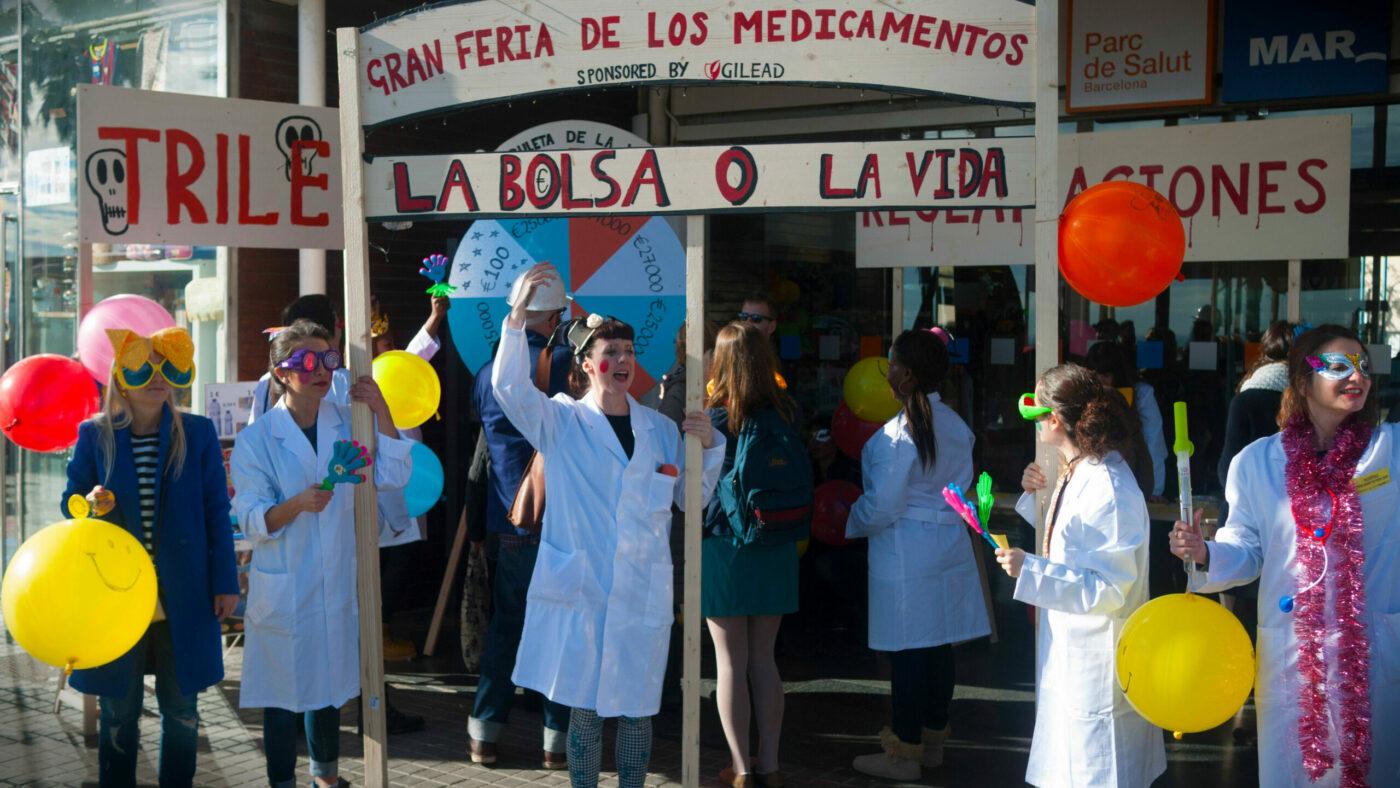
A Podcast covering the basics of Artistic Activism, Audience, Tactics & Strategies.
Talks, Lectures & Publications

Building scholarly and popular knowledge about the field of artistic activism.


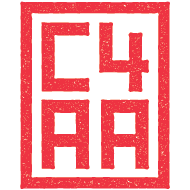
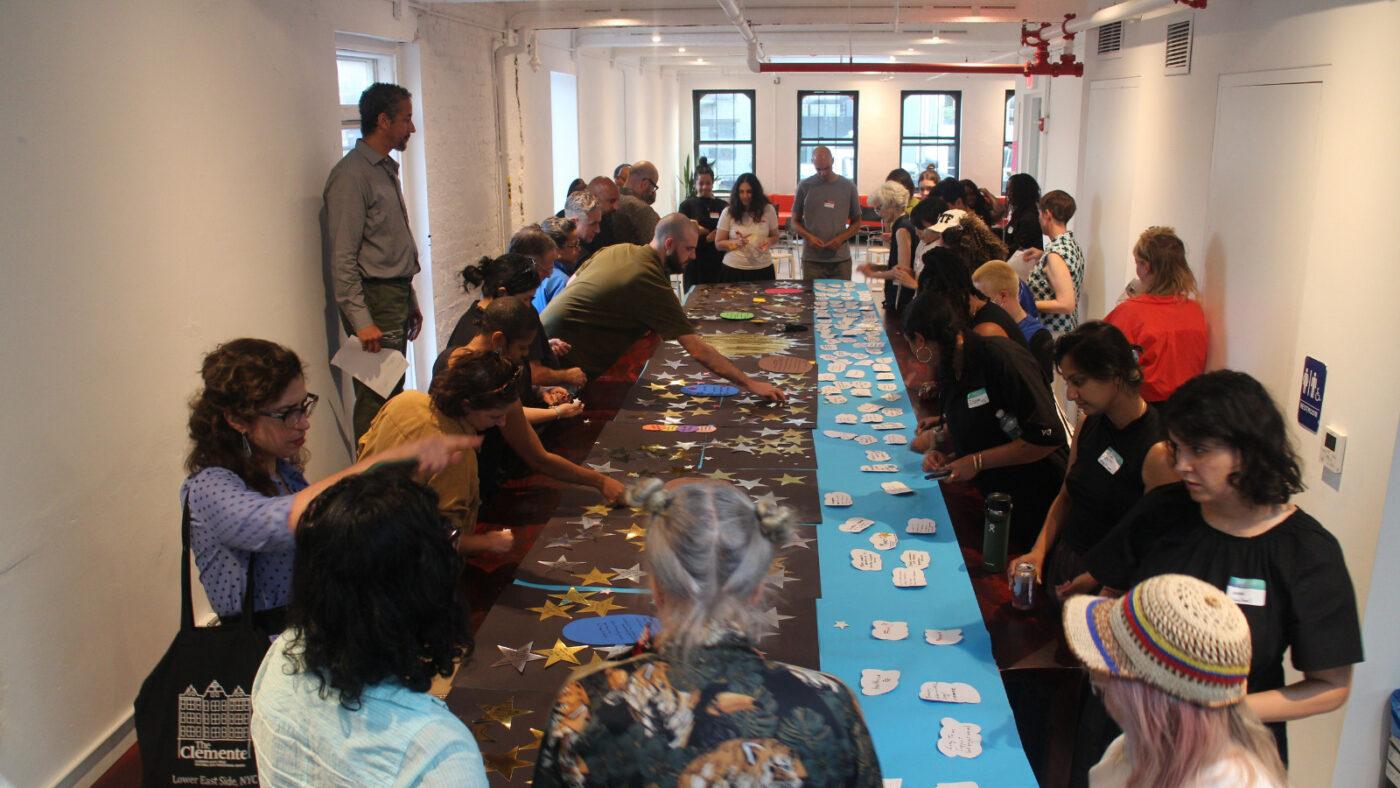
You must be logged in to post a comment.